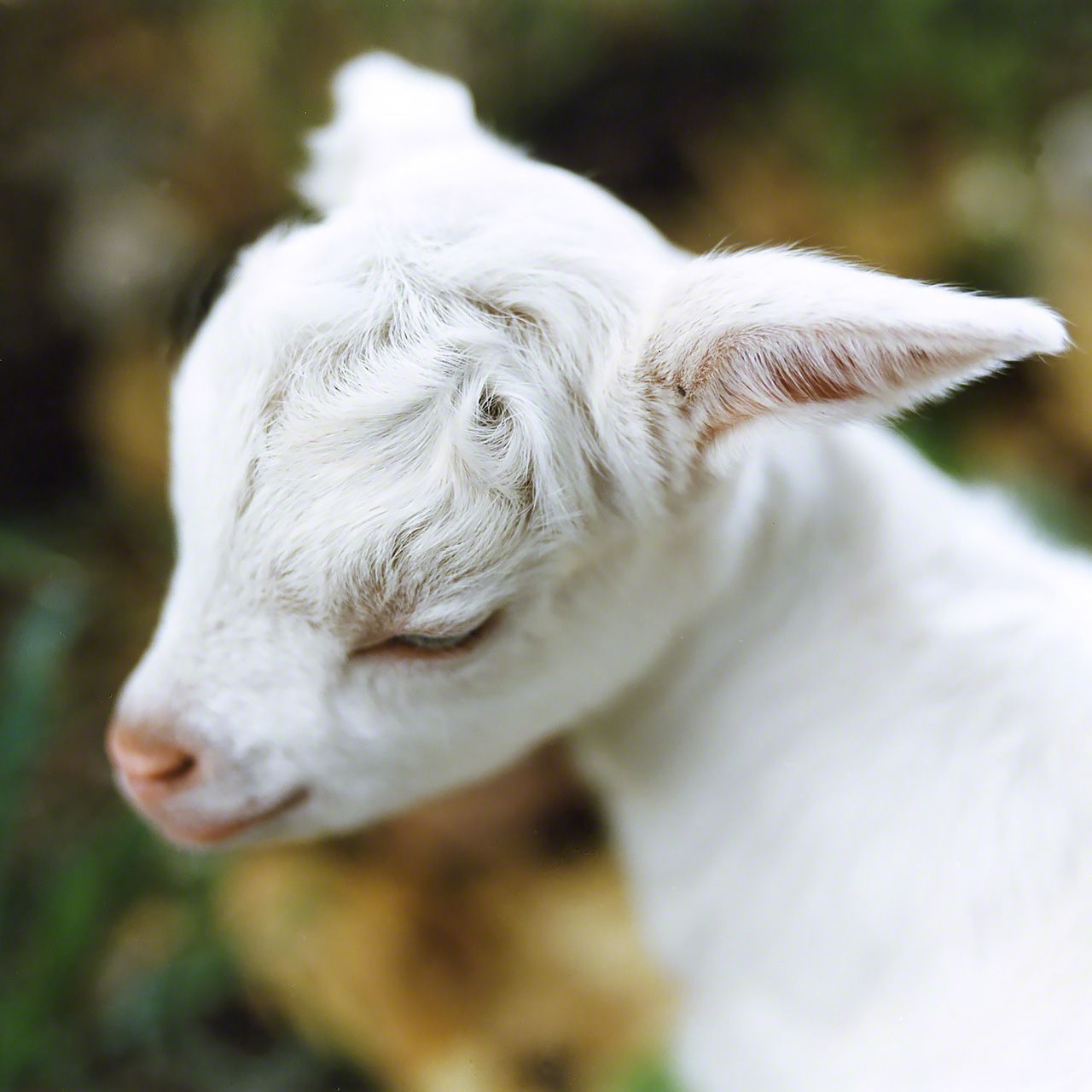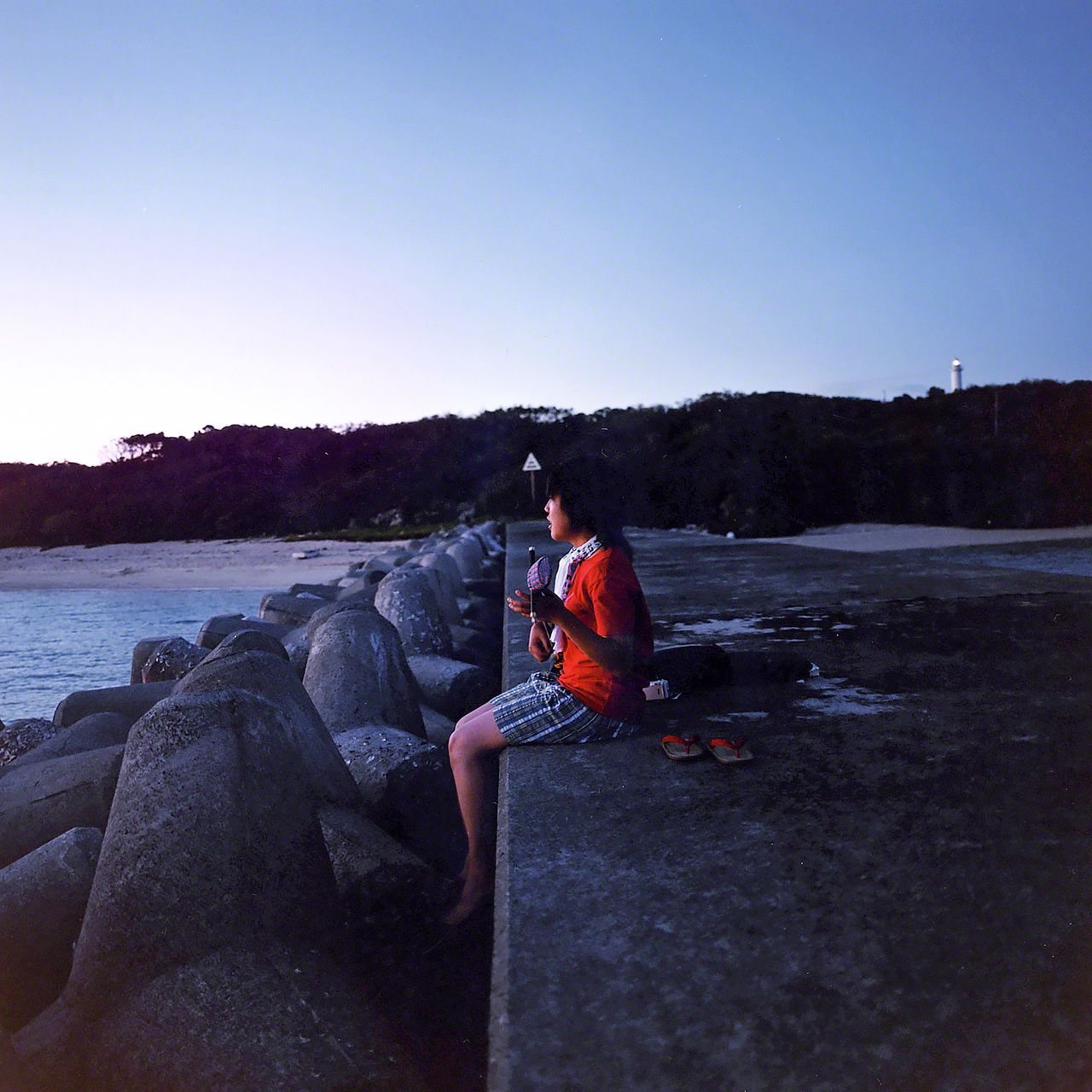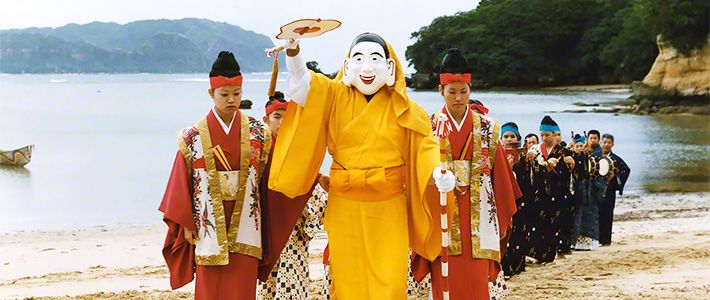
Life and Rituals in the Yaeyama Islands (Photos)
Culture- English
- 日本語
- 简体字
- 繁體字
- Français
- Español
- العربية
- Русский
The Yaeyama Islands are among the most remote parts of Japan, lying some 400 kilometers southwest of Okinawa’s main island. The chain consists of 10 inhabited and countless uninhabited islands. On a clear day, it is possible to see Taiwan from Yonagunijima at the far west of the archipelago, indicating how distant they are from the main part of Japan (see map below).
Ishigakijima, the most populous of the islands, has 48,000 inhabitants and an airport with routes linking to the Okinawan capital Naha and the Japanese mainland. Yonagunijima has a population of 1,700, while the remaining eight islands have a combined total of 4,200 residents. Despite their proximity, they each have their own individual character.
Local Rituals
On Taketomijima, many houses with traditional red roof tiles remain, while hibiscus and bougainvillea flowers bloom abundantly, creating a classical southern island atmosphere. Much of Iriomotejima is covered by subtropical forests home to wildlife including specially protected species, such as the Iriomote cat and the crested serpent eagle.
Various harvest festivals and other rituals are performed around the Yaeyama Islands. Most rites are connected to local agriculture, either praying for bumper crops or giving thanks for the year’s yield. They have been passed down for centuries, based on the local belief that the god Miruku brings fertility and happiness each year from the paradise of Niraikanai on the other side of the sea.
Sacred Islands
Tsukasa priestesses perform the rituals in sacred places known as utaki, which men are not allowed to enter. These are not great temples, but simple spaces of white sand and natural stones, often located in forests near settlements. Many are dedicated to the founders of villages or their guardian deities, but in the tolerant local belief system, kami from Niraikanai are also allowed to enter. The utaki and tsukasa were once at the center of communities in the islands and they remain at the heart of spiritual life. For this reason, tourists are strictly forbidden from entering the sacred spaces. The rituals are followed by dedicatory artistic performances in which it is typical for women and high school students to enact magnificent dances and cudgel fights. They wear the colorful traditional dress of the Ryūkyū Kingdom, which formerly ruled the islands of Okinawa. The intent concentration of both performers and audience conveys their local pride.
The islanders live with a constant awareness of changes in the wind and the ebb and flow of the tide. Just as the moon governs the tides, annual events in Okinawa follow the lunar calendar. Alongside the Western time of schools, companies, and everyday life runs the older rhythm of Ryūkyū time.
(Originally published in Japanese on August 17, 2016. Article and photographs by Yamashita Tsuneo. Banner photo: Festival on Iriomotejima. The god Miruku [center] brings fertility to the island.)
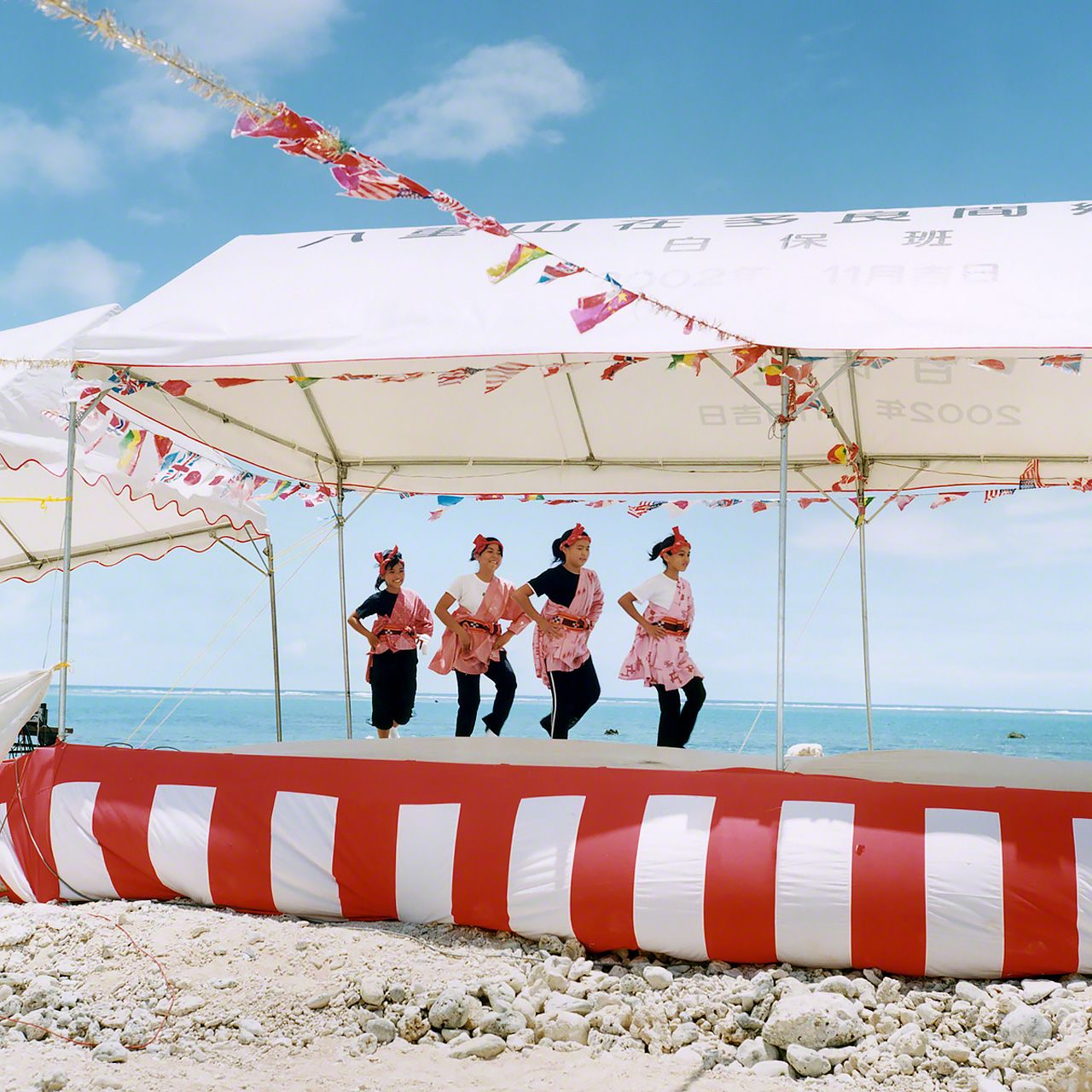
Junior high school students performing at a sea god festival on Ishigakijima.
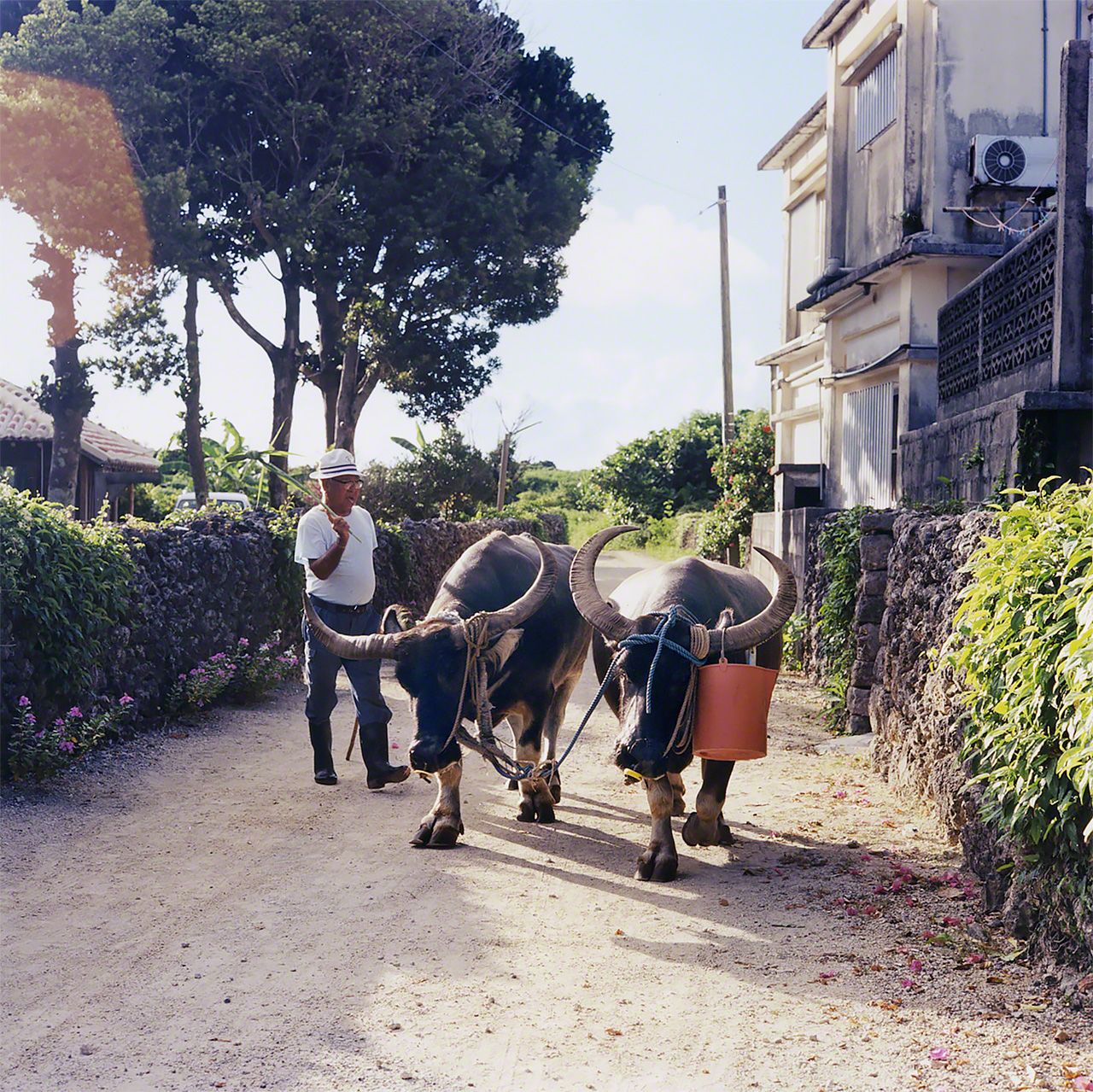
Water buffalos on Taketomijima. The animals were brought to the Yaeyama Islands from Taiwan when it was a Japanese colony.
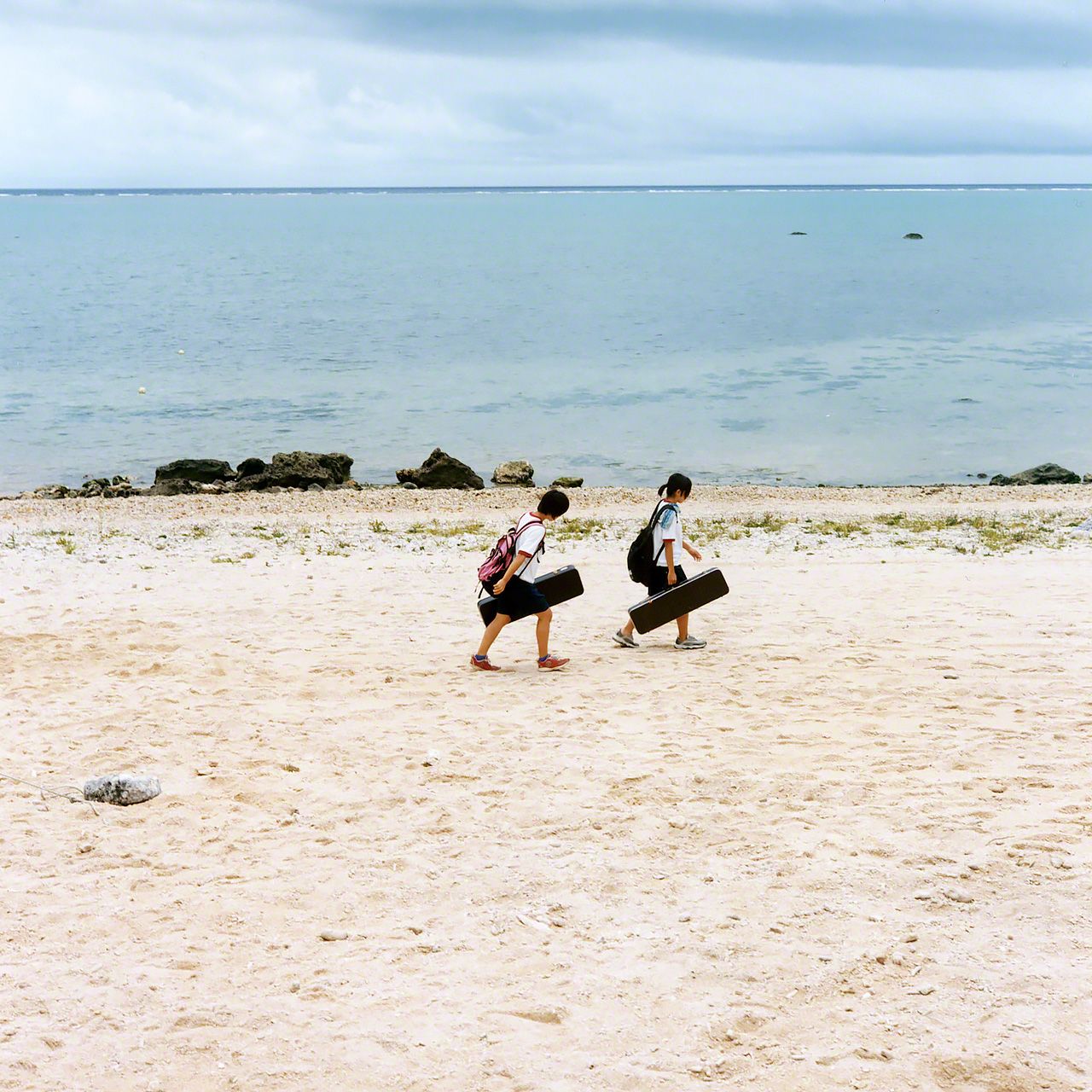
Children returning home from school on Ishigakijima.
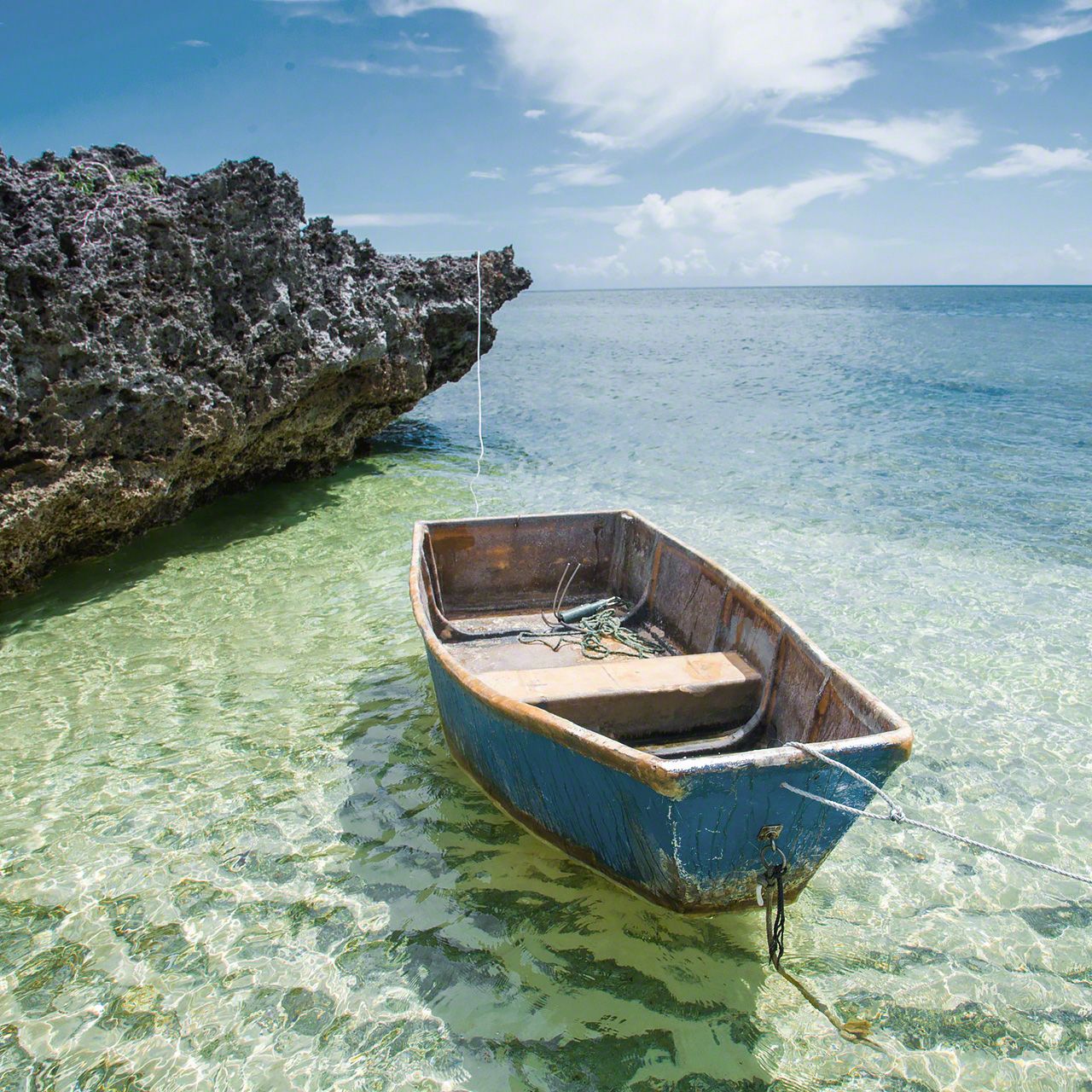
A boat rests off Hatomajima. Fishers catch fish and octopuses within the shallow reef.
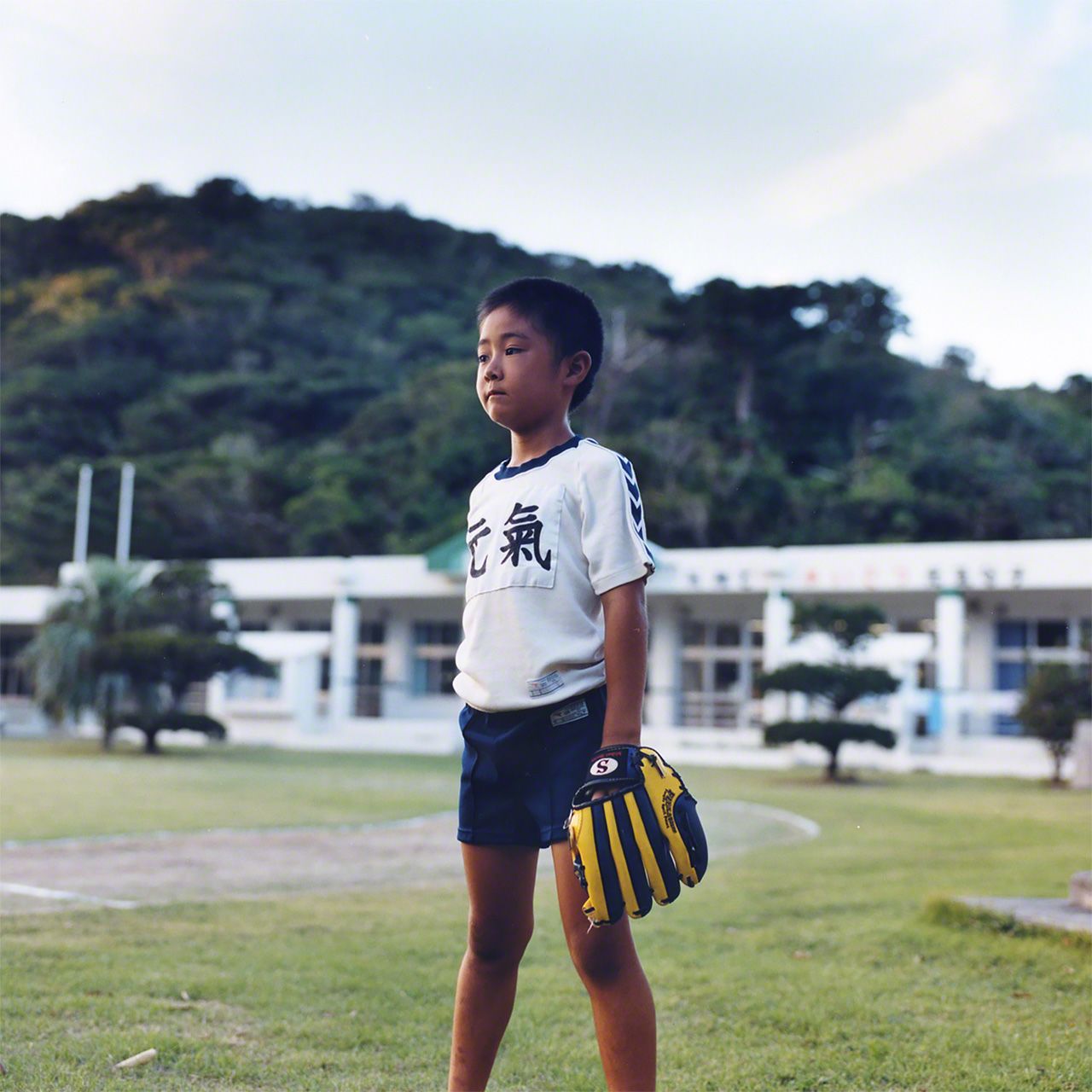
The Funauki district of Iriomotejima has just one elementary student (pictured) and one junior high school student.
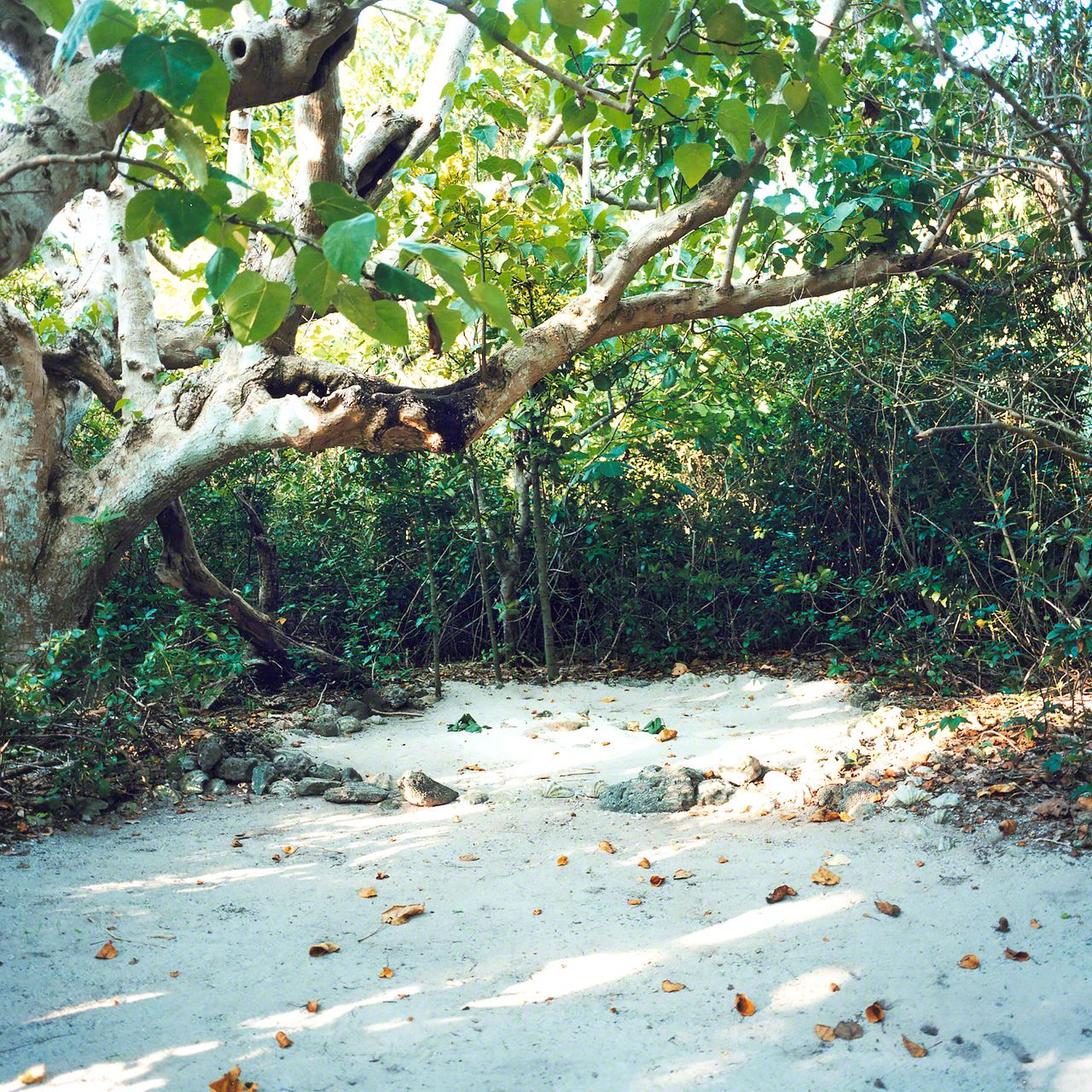
An utaki sacred space on Taketomijima.
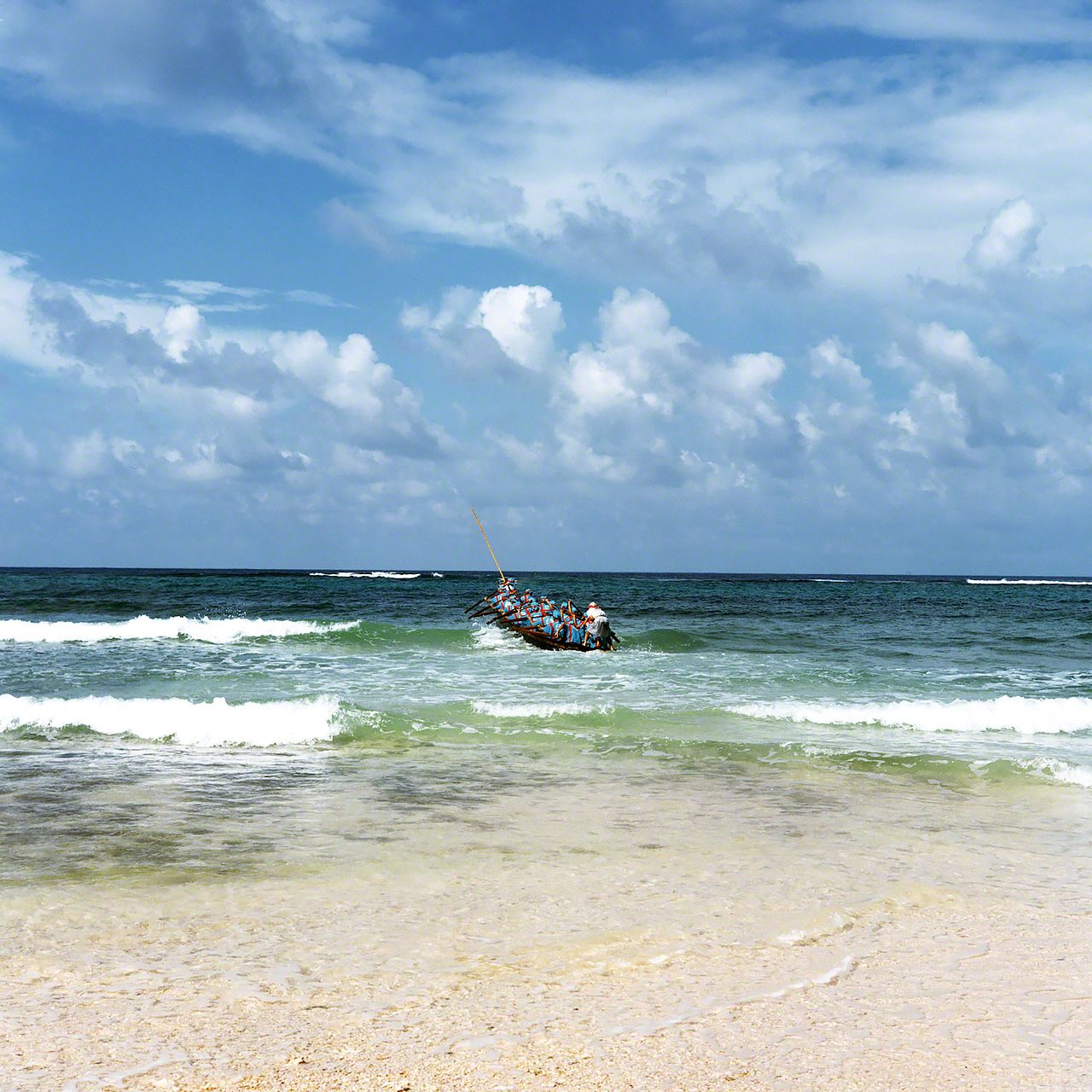
A harvest festival on Kuroshima. According to local beliefs, gods bring fertility from the Niraikanai paradise on the other side of the sea.
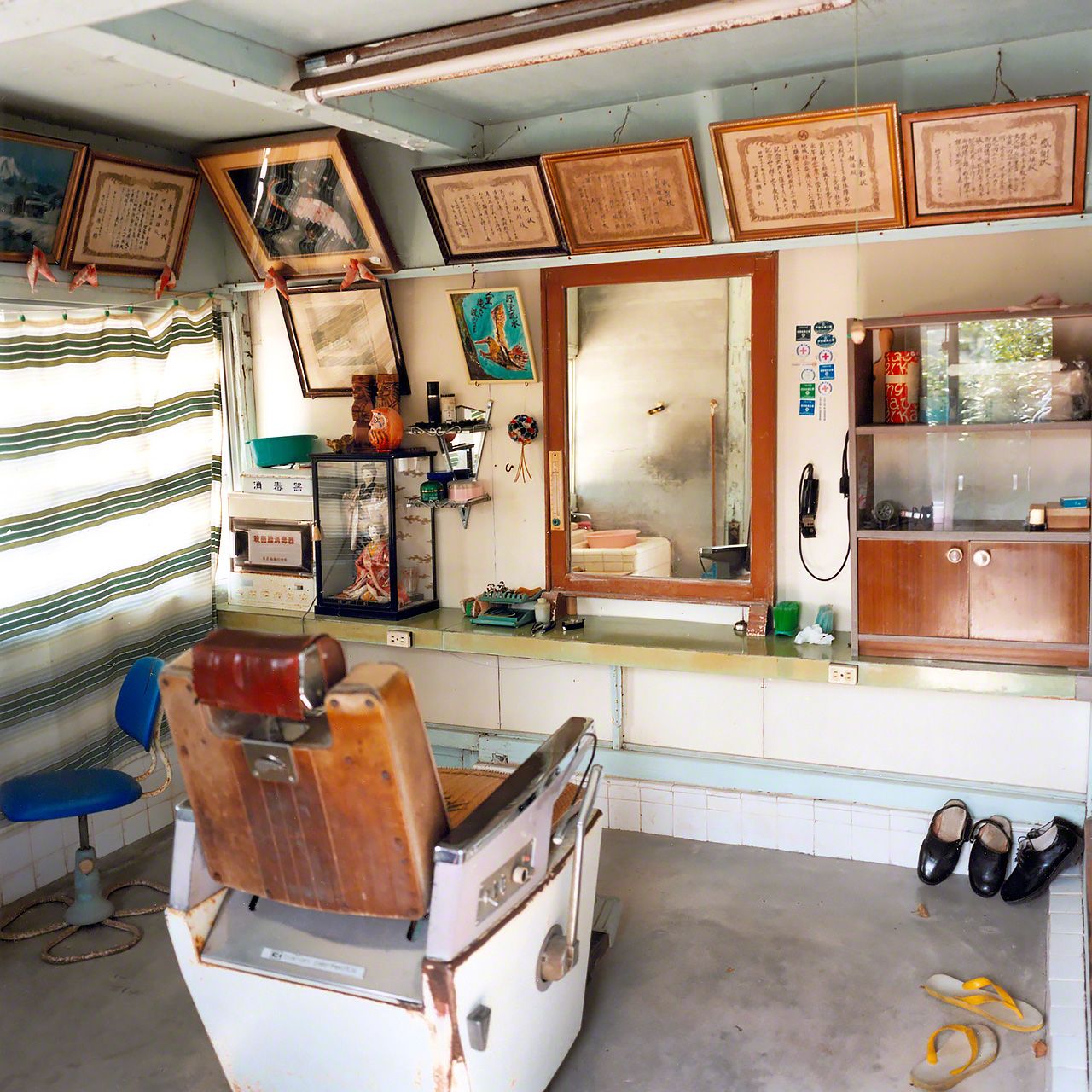
The barber’s shop on Taketomijima only opens for a few days every month.
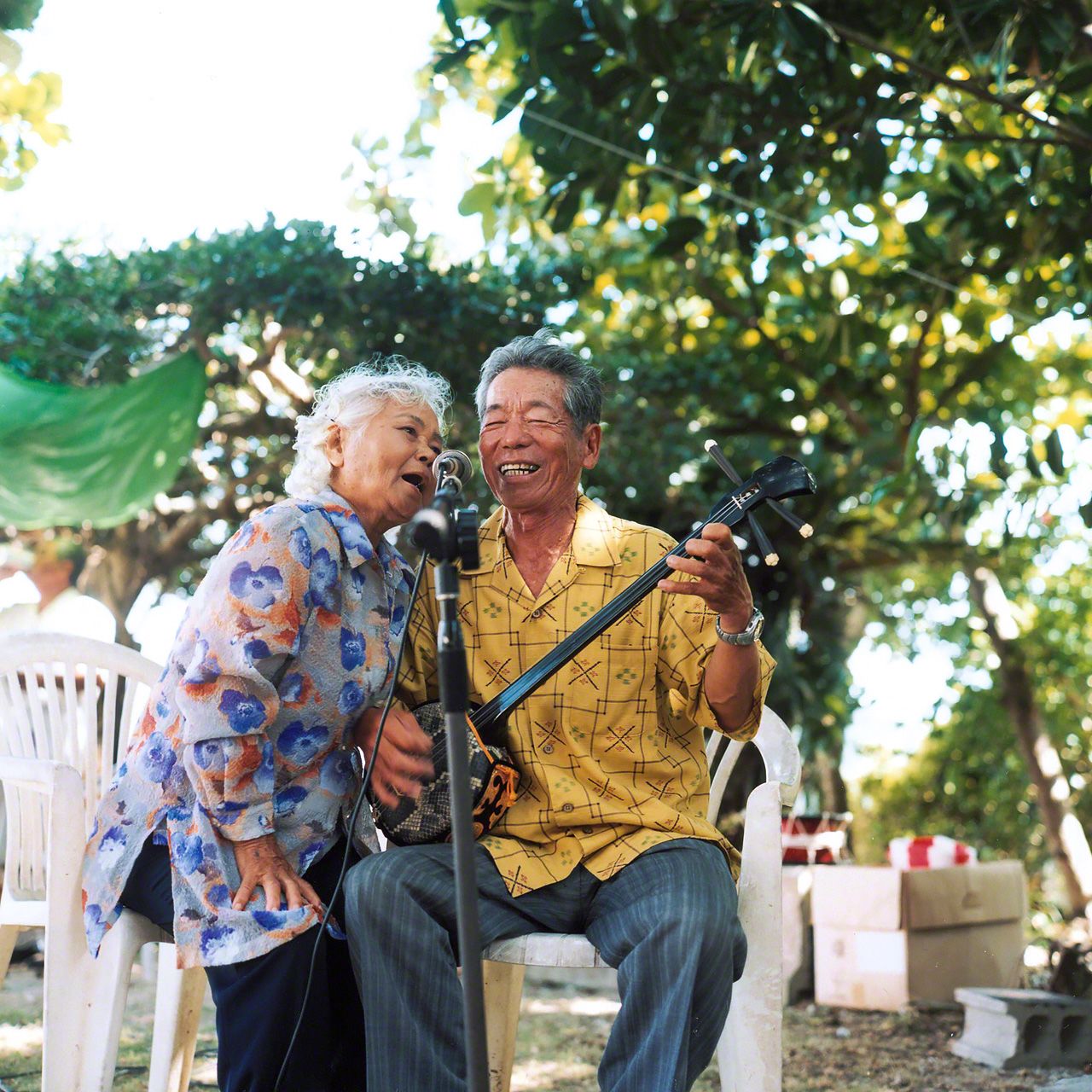
Following a festival on Iriomotejima, performers sing folk songs and play the sanshin (a traditional instrument similar to the shamisen).
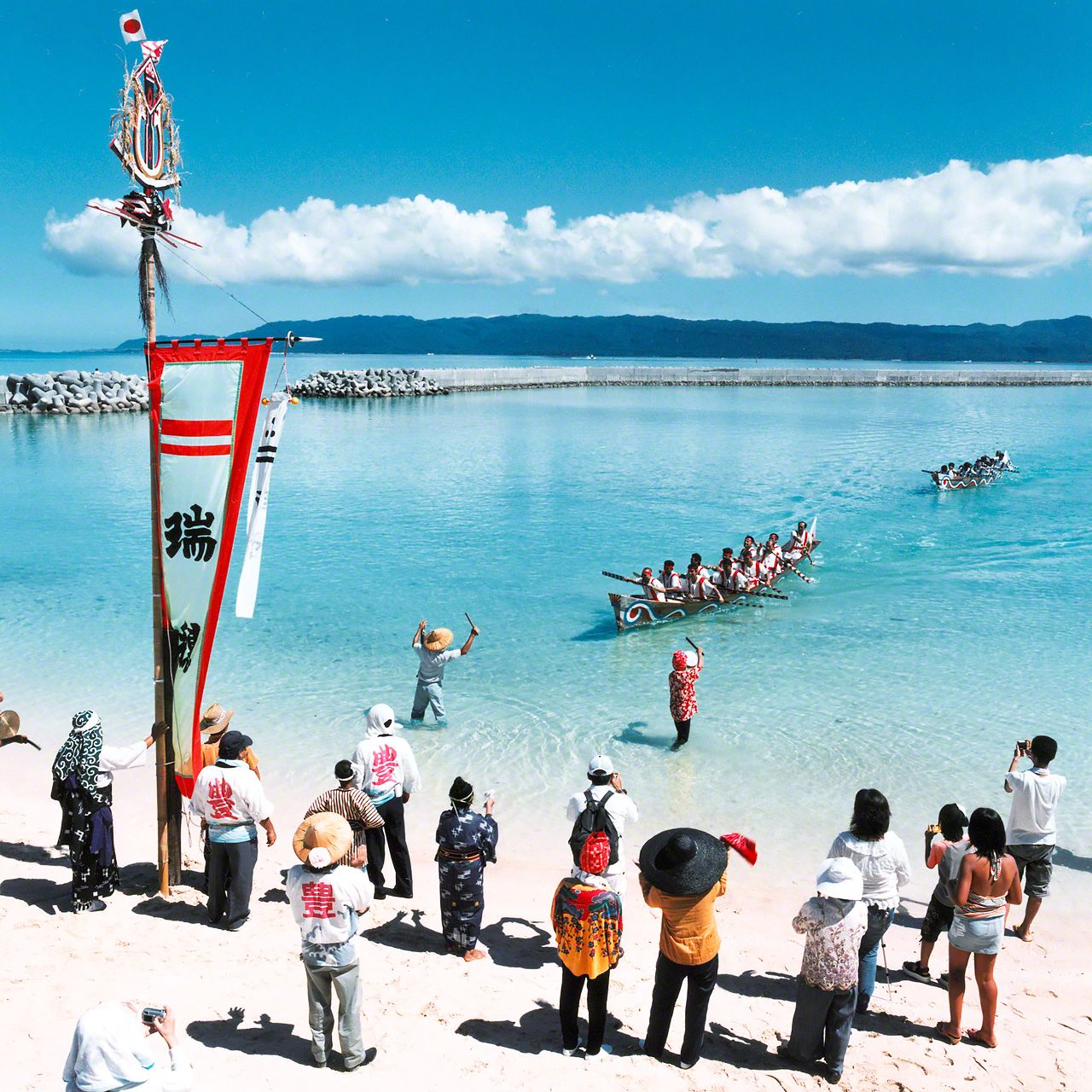
Dragon boats representing west and east race each other in a harvest festival on Hatomajima.
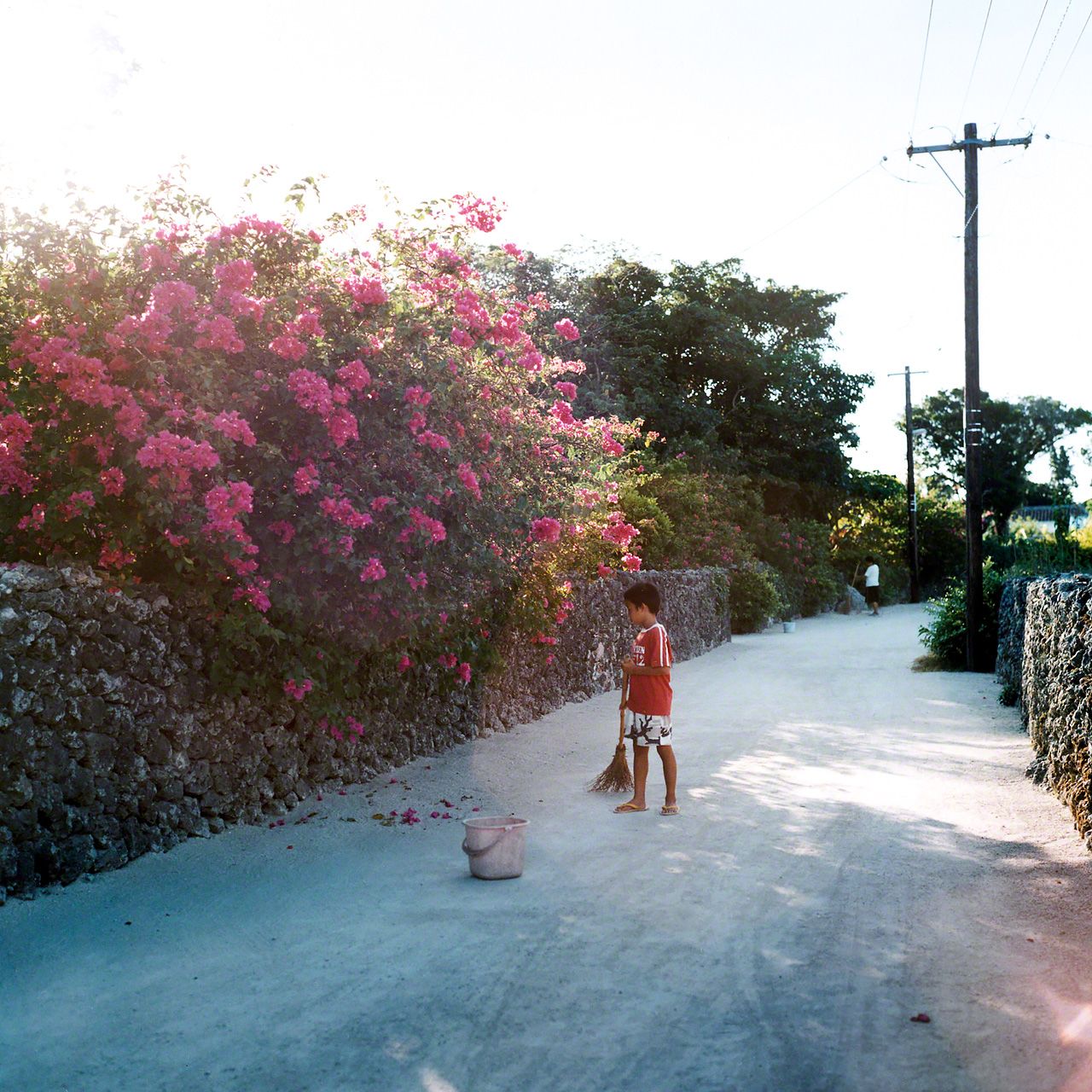
This boy sweeps sand off the path every morning on Taketomijima.
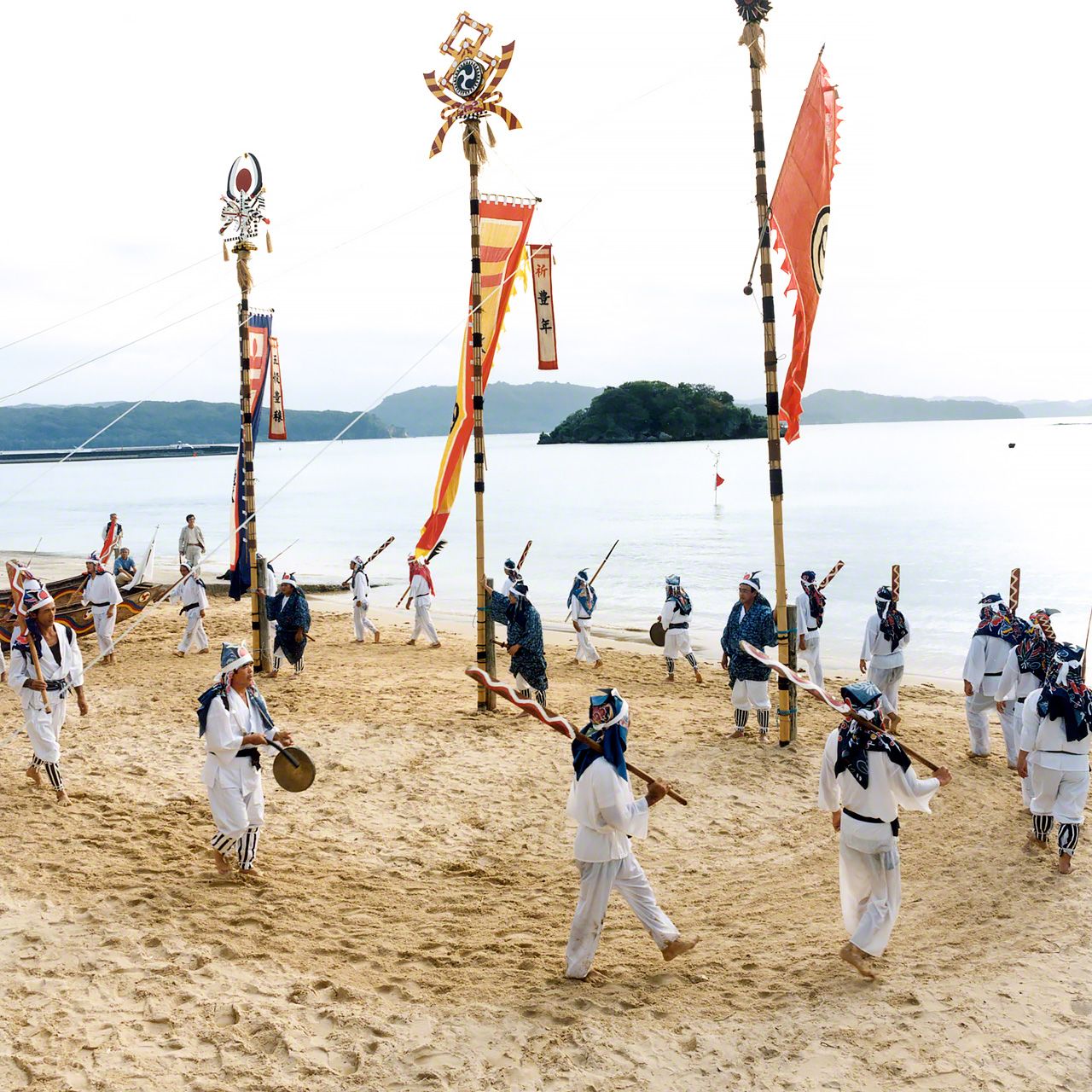
In this ceremony during an Iriomotejima festival, participants sing as they carry paddles.
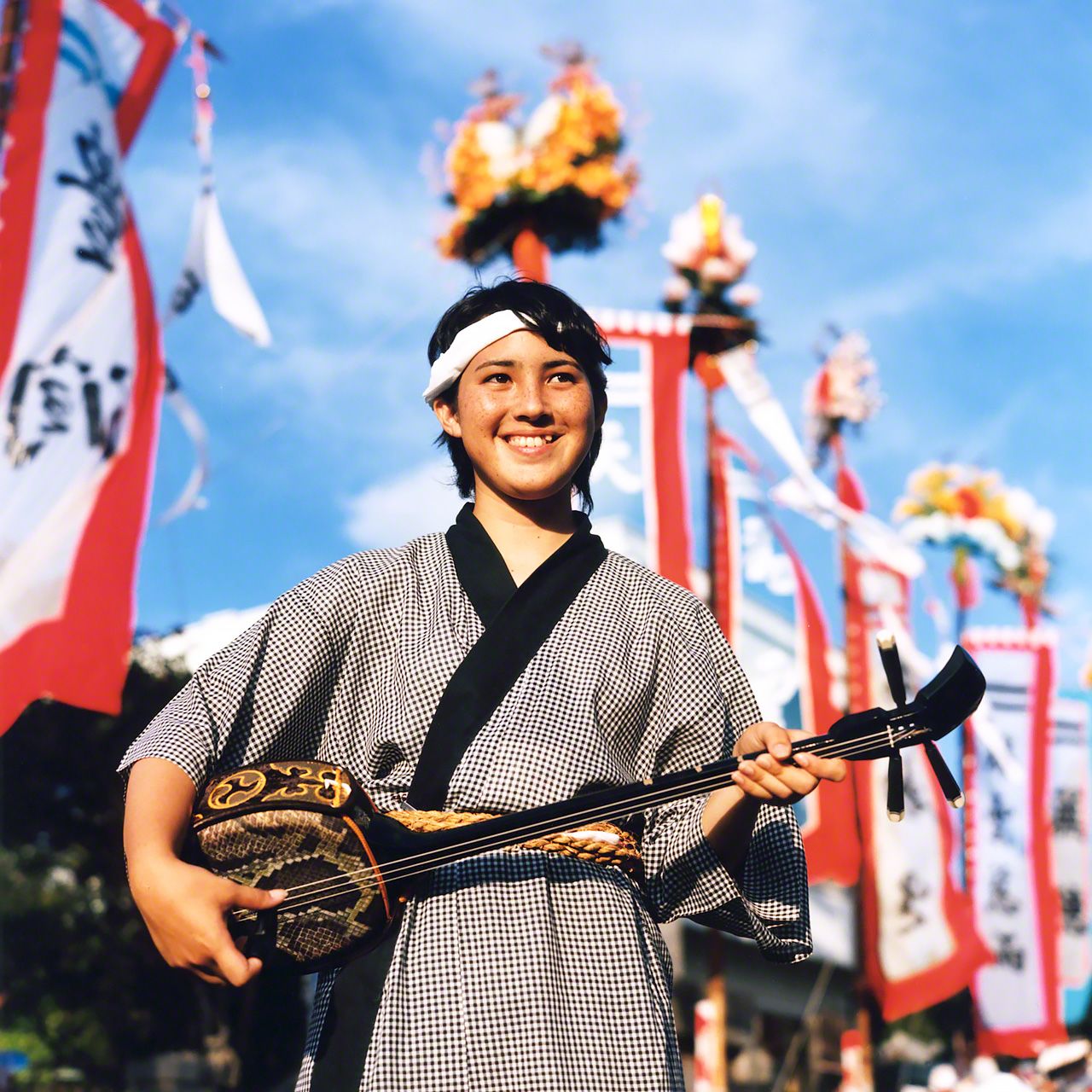
A high school girl holding a sanshin at an Ishigakijima harvest festival.
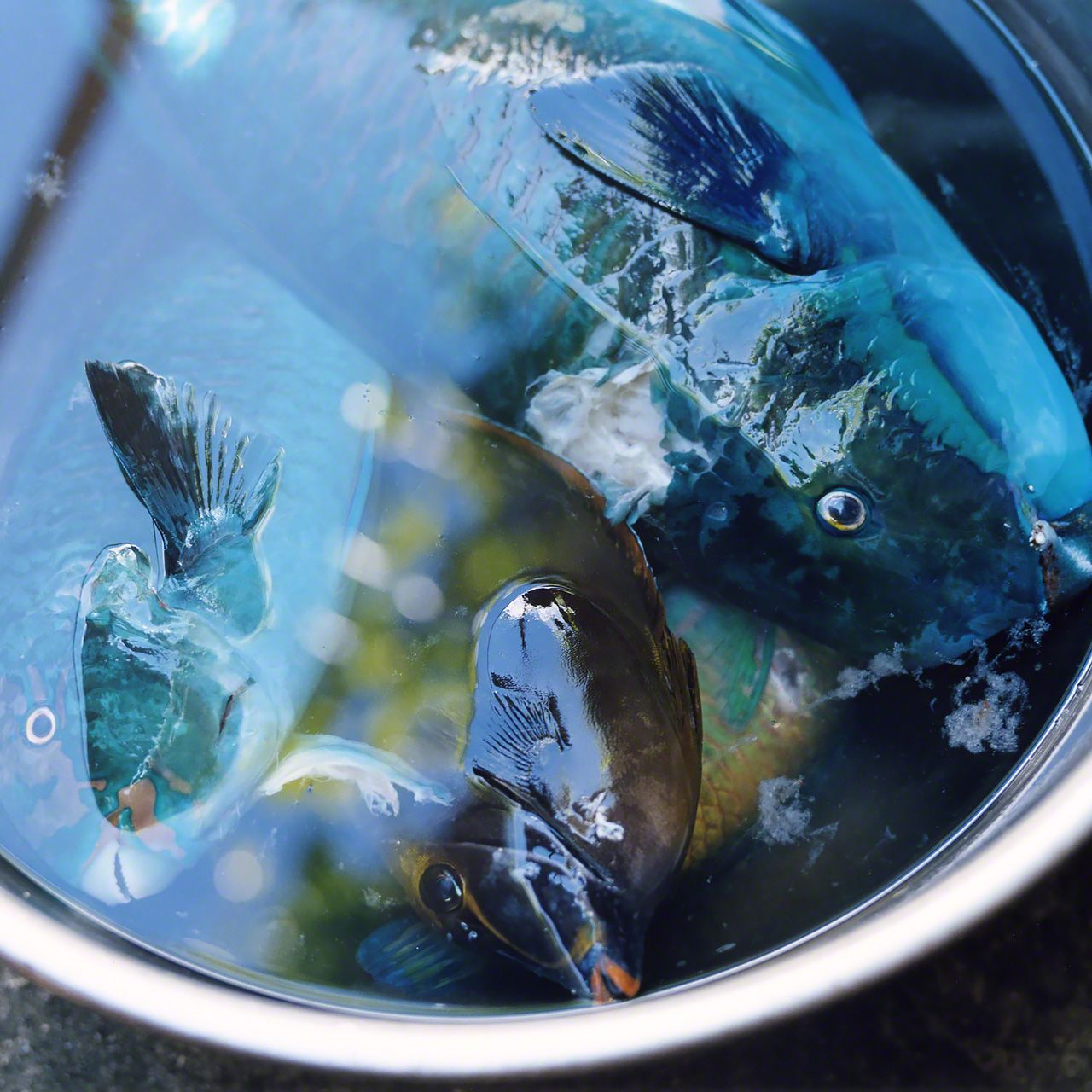
Parrotfish caught near Hatomajima.

A traditional house on Haterumajima.
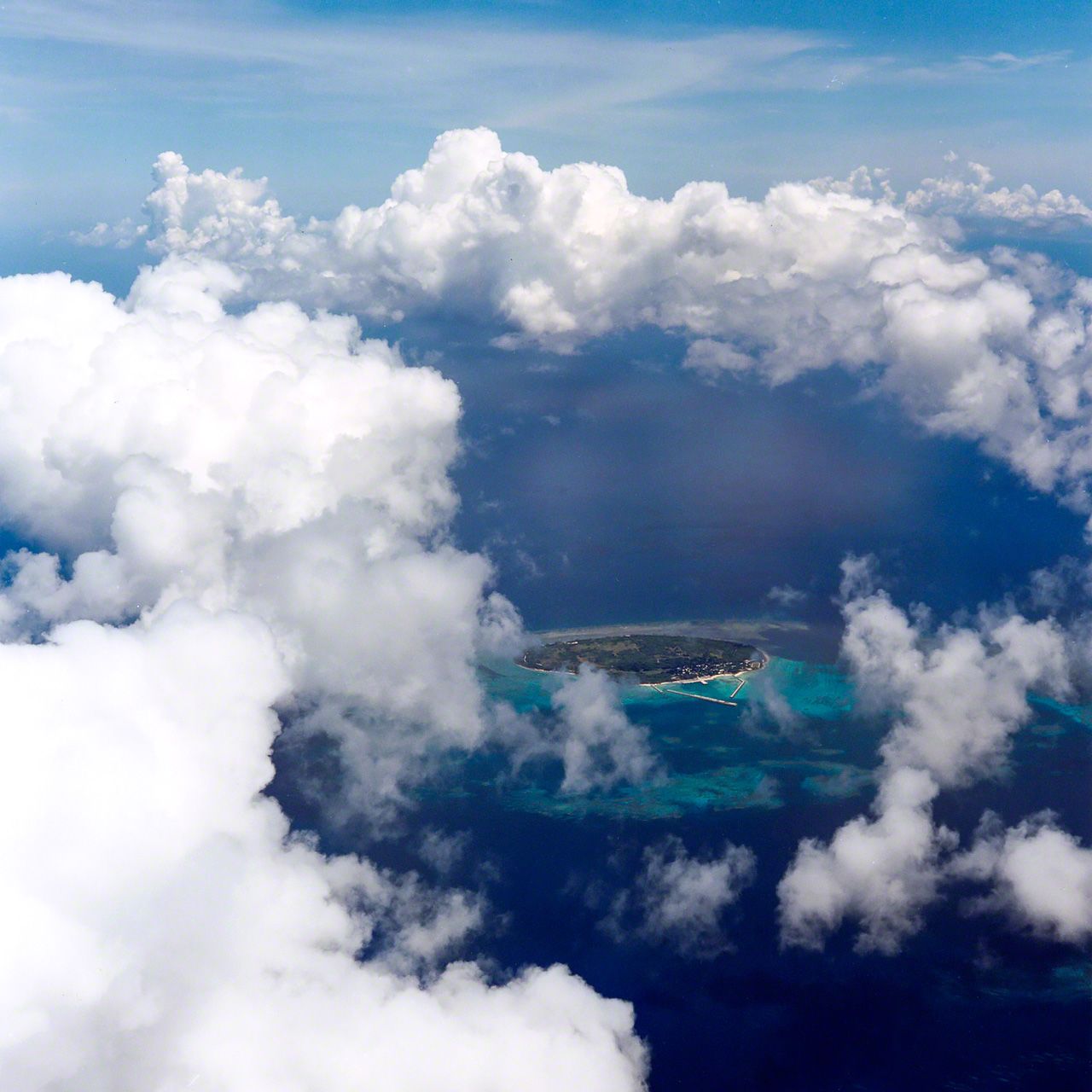
Hatomajima, as seen from the air on the way to Yonagunijima.
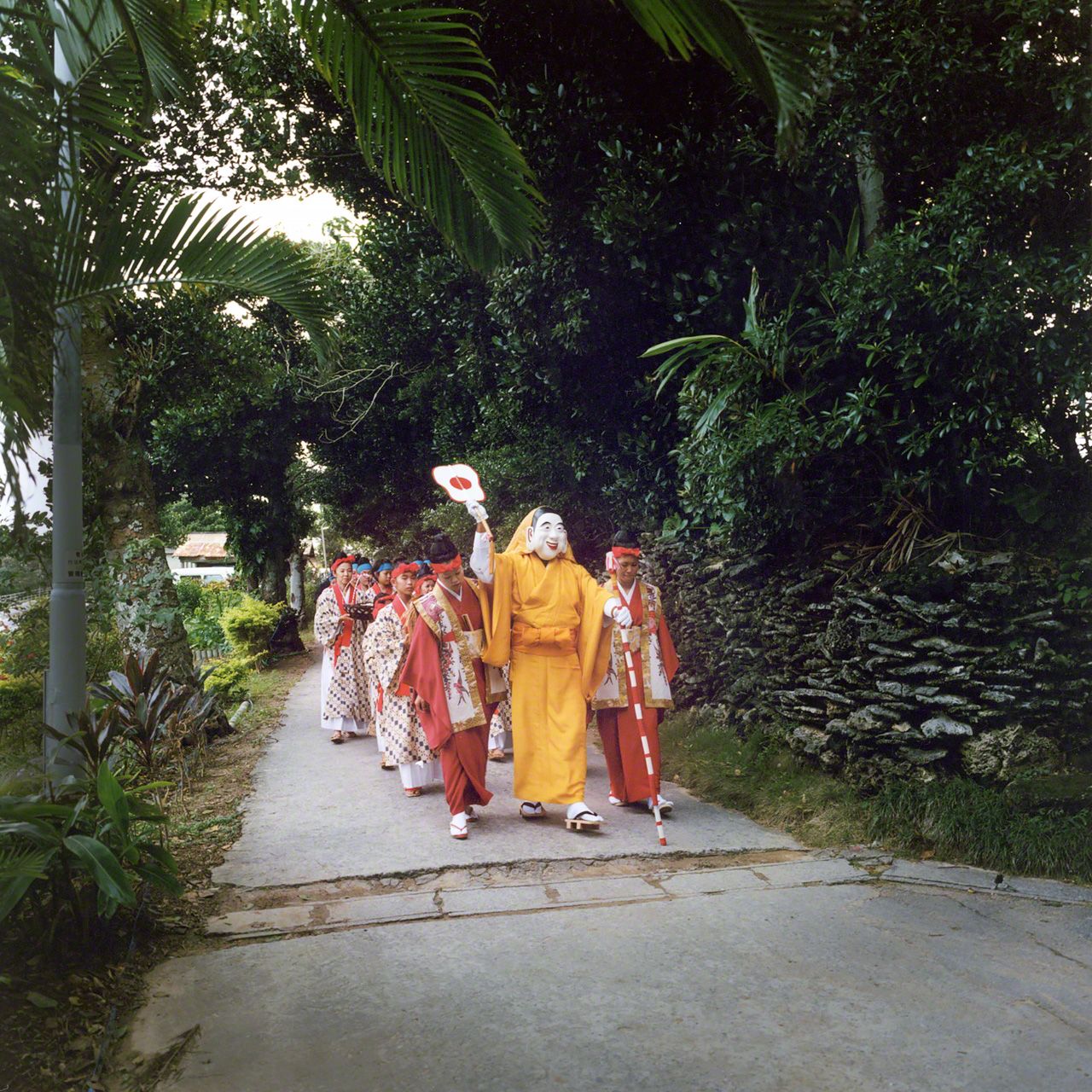
This Iriomotejima festival is designated as an important intangible folk culture asset.
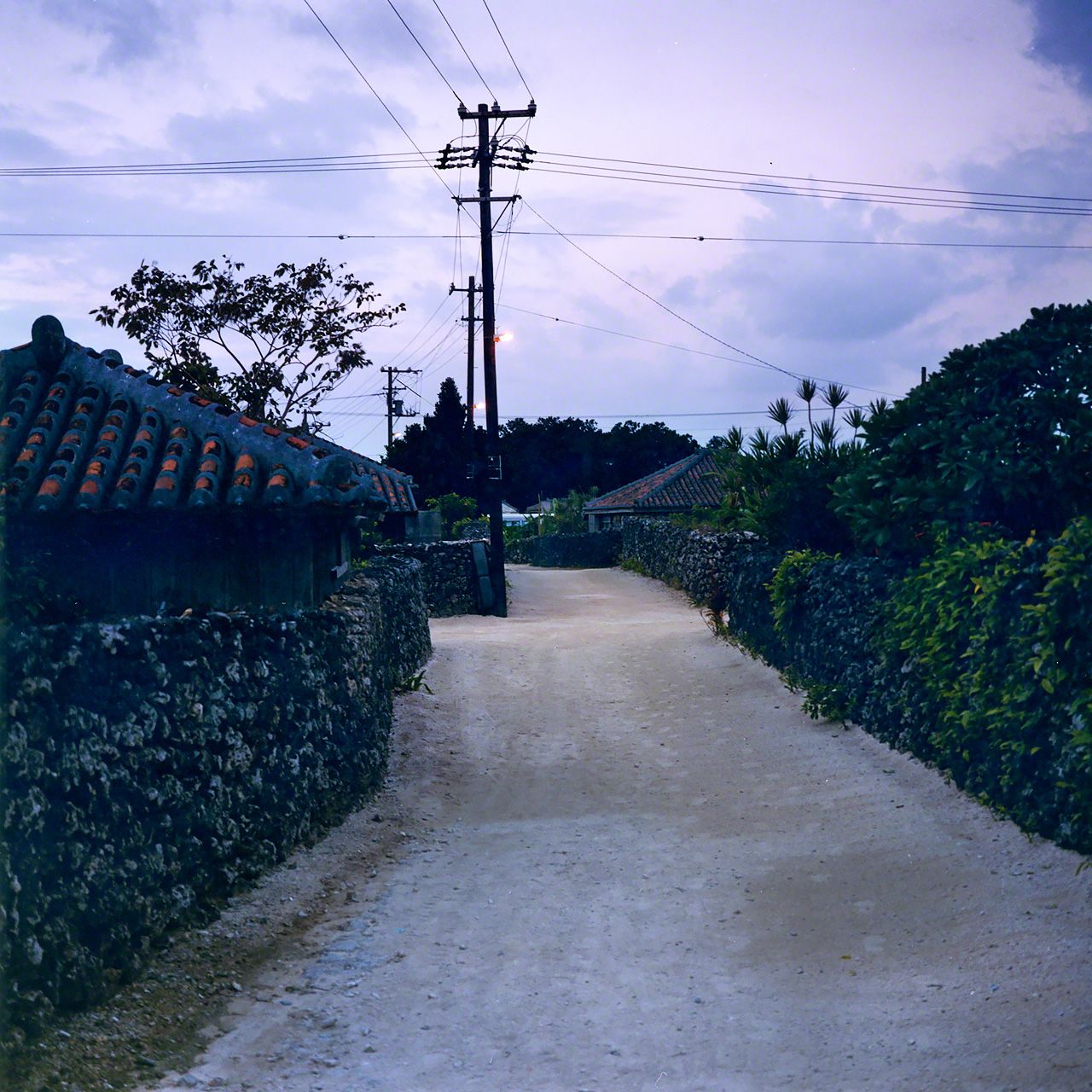
A traditional settlement on Taketomijima.
tourism temple Okinawa dance festival Ryukyu island festivals Yaeyama Islands islands specially protected species traditional culture Okinawa Islands Yonagunijima Ishigakijima Taketomijima Iriomotejima Iriomote cat Crested serpent eagle harvest festivals sacred places spiritual
